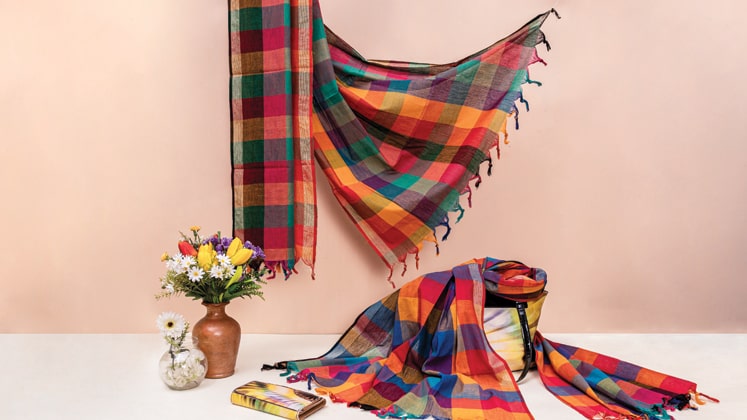
Culminating from a history that predates five millennia, the handloom and handicraft industry is one that has continued to be the backbone of the rural economy for generations, second only to agriculture. Evolving to be one being incorporated in our daily lives, handicrafts have enjoyed a glorious stature as the most intricate and lavish form of indigenous art in humble homes and grand palaces alike. Although these traditions have been held to standard for aeons, the fast-paced, modern world has created the need for adapting to changing trends in order to remain viable in the face of competition.
India harbours around 7 million artisans in the country, practising more than 500 types of crafts like metal engraving; zari; zardosi; teracotta; stone carving; phulkari; wood inlay chikankari; wooden toys; blue pottery; kutch embroidery and the list goes on. Infusing colours and their own individualistic techniques, these art forms differ from region to region, taking on the characteristics of their surroundings and catering to the needs that made their genesis imminent.
Scope of the handloom and handicraft industry in India

One of the largest exporters of handlooms and handicrafts in the world, India plays a consequential part in spreading the reach of the hardwork of these local artisans to the world with exports valued at US $ 355.91 million in FY of 2017-18. During April-October 2018, the exports stood at US $ 199.42 million.
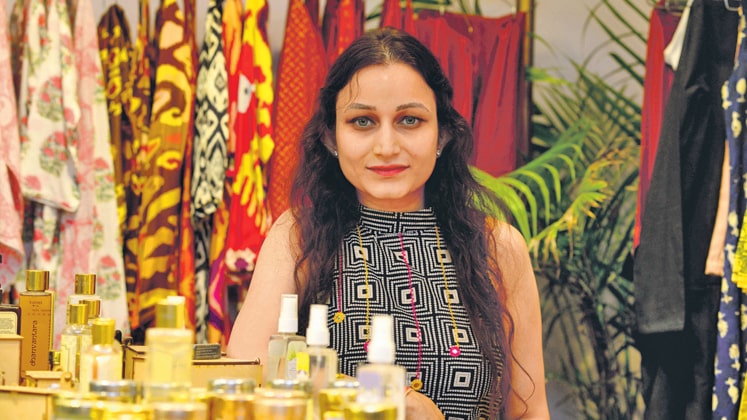
Speaking on the immense potential of the industry, Mansi Gupta, Founder and CEO, Tjori, says, “In the last 5-10 years, the industry has experienced a major shift. Where once artisans could only access the market through exhibitions, thereby lacking encouragement due to limited audience and dearth of business, now having a growing market with Indians, especially the modern urban women, who choose to buy home-grown products makes them stand out in a crowd.”
“The huge scope of the US $ 32 billion industry lies in the fact that India has always been a huge exporter and a hub for production of handicrafts and handlooms. Being such a large cotton producer, we find the production backward integrated. The shift and perception of consumers to wear handcrafted, non-chemical, organic clothing has come a long way in creating rampant demand,” she affirms. Tjori is built for modern Indian woman, selling products crafted with goodness. The all-natural products are chemical free and eco-friendly, bringing the best of sustainability from India to the doorsteps of consumers.
State of the Indian artisan community
A largely unorganised sector, the handloom industry carries the stigma of inferiority and backwardness, and is viewed as ‘decorative, peripheral and elitist’. This is exacerbated by the Government’s treatment of it as a sunset industry, resulting in lack of well-developed policies and programmes to protect and reinforce the ecosystem for artisans. To combat the informal nature and low education background of the artisans, there are a plethora of home-grown solutions looking to get mobilised into an efficient working organisation.
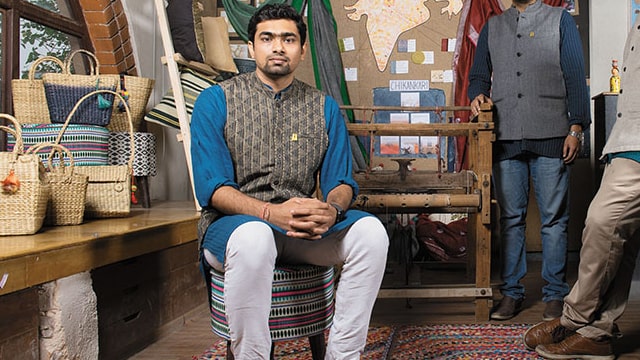
Lal10, a B2B handloom and handicrafts provider, works closely with 1,500 artisans from 8 states across the country to produce quality products for some 400 big box conglomerates and small boutiques in 18 countries. Working with the aim of providing these artisans their due, Maneet Gohil, CEO, Lal10, explains how they are able to organise the community, “We have 28 micro-entrepreneurs, that go by the name of Cluster Champions, skilled by our team to use our own mobile application technologies and to understand the quality control measures. We want to teach the artisans to maintain their authenticity, while still providing contemporary designs which are much more relevant today.”
He further adds, “We are a fair trade certified company, i.e., more than 60 per cent of the revenue goes to the artisans. The company was started to provide them the right skill set in terms of quality assurances, building their capability and capacity of production and ultimately using technology to provide a bigger platform for them to have a stable source of income,” he adds.
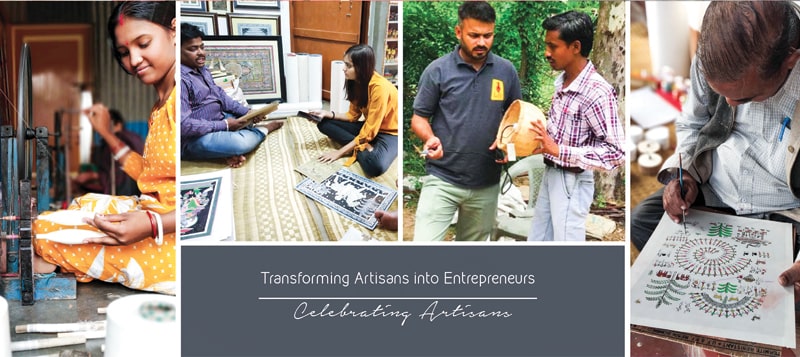
Another issue plaguing the community is the breakdown of the historic artisan–consumer relationship and the increasing urbanisation and globalisation of markets for crafts. Artisans have difficulty understanding how to tailor their products to changing demands as there is little to no interaction with the actual buyers of the product.
This is where a brand comes into play. With the help of insights from the industry and consumers, brands are able to convey the appropriate design language necessary to rope in more shoppers. People no longer want to dress only in traditional garbs, the infusion of contemporary designs with traditional fabric and prints gives it the edge necessary for it to become a unique offering.

Inde’ Loom, Inde’ as in French for India and ‘Loom’ for an artisan’s tool to show their skill to the world, revolves around showcasing what can be done by the looms of India to the whole world and its heritage twinned with modern-day elements. “We partner and hire top-notch talent in textile design, fashion design and management to liaison at the cluster level. Our team of in-house textile designers defines yarn compositions while our fashion designers lay out the latest patterns and silhouettes for designing purposes. We train and upskill our artisans regularly with our workshops every month on new textile handloom weaving techniques developed by us and also on fashion design trends and colour palettes that appeal to the global and Indian markets,” explains Suren Chowdhary, Co-Founder of Inde’ Loom.

From upgrading the quality of products to reaching out to new markets and consumption centres, a lot of young start-ups and leading fashion designers are pursuing the handloom industry because of characteristics like slow and circular fashion, as well as the uniqueness and genuineness.
Struggles at the helm of the industry: A brand’s perspective
Start-ups in this sector have brought the industry to a milestone where crafts are no longer limited to branded stores like Fabindia and Anokhi but artisans can themselves reach out to customers through various online marketplaces, or become an integral part of the designing and production for brands like Jaypore, Tjori, Inde’Loom and Bhashabharat, to name a few.

However, along with alleviating the struggles of the artisan community, these start-ups have their fair share of hurdles to overcome. Anupam Arya, Co-Founder and VP, Fabriclore (literally means traditional knowledge of fabrics), is attempting to revive consumption of both traditional and modern fabrics of India at a digital level, bringing high-quality curated fabrics. The brand, in collaboration with modern designers, is constantly inspiring creative people to achieve stand-out boho and fusion designs in both clothing and home furnishing.
He spells out the challenges his brand faces in the industry which still remains a highly unorganised one, “The challenges are across the value chain of production and supply. We have particularly dealt with the lack of standards in quality, highly fragmented craft processes, high working capital investment and dead inventory management. The industry is plagued with archaic and time taking processes rather than modern prototyping infrastructure.”
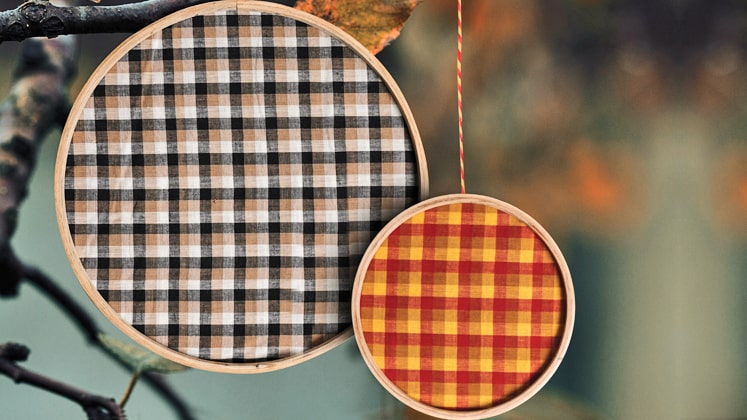
Despite the challenges, every brand is growing by leaps and bounds, and eyeing to integrate more crafts and artisans onto their platform. With Lal10 growing 20-25 per cent month-on-month, Inde’Loom posted a revenue of Rs. 98 lakh in FY of 2019 and Tjori closed the last fiscal at Rs. 5 crore; the raging success of these brands has pushed them to consider expansion, be it in terms of retail presence, product assortment or capturing the international market.
“Working capital may hold small players back, but we have reached a stature where we have the backing of banks or investors to propel the business forward. All that is needed now is to carry the story of these artisans across the globe and to enable them to create their own space in the market. We can only teach market trends to the 1,500 artisans that work with us, but to make them self sufficient, they need to be able to assess trends themselves and the consumer needs to be aware of the value of these crafts,” rightly asserts Maneet Gohil, in his endeavour to empower the artisan community.






